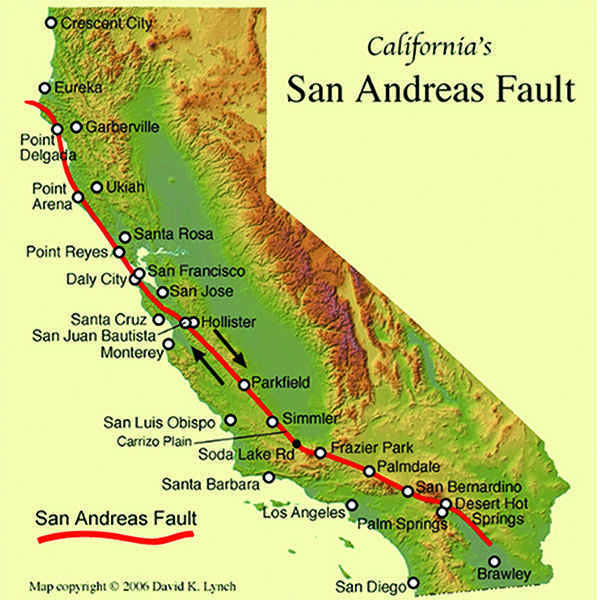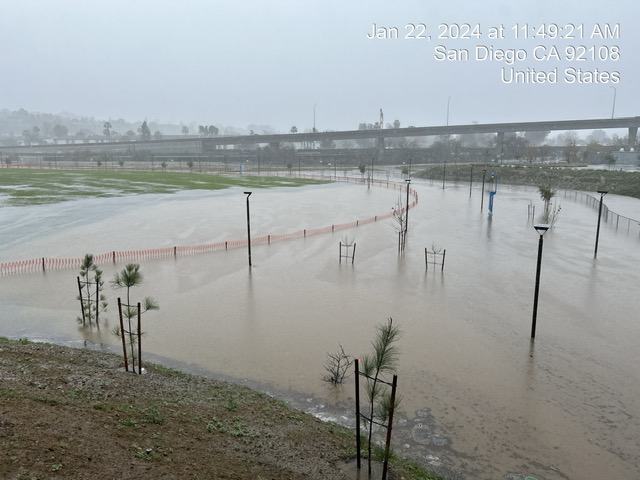San Diego State recently participated in the Great California Shake Out, where participants dropped everything they were doing and took cover for 60 seconds.
The event aimed to help people understand what to do in the event of an earthquake and how to prepare for one.
The Daily Aztec spoke with Isabelle SacramentoGrilo, lecturer in the department of geological sciences, to explain this destructive natural phenomenon.
California lies on what is called a transform boundary.
California is situated between two plates that slide in opposite directions creating the San Andreas fault. These two plates do not slide against each other smoothly. They can stick to each other and build tension until the energy is released, causing an earthquake.
Most Southern California earthquakes aren’t directly caused by the San Andreas Fault.
Most of the earthquakes that happen in Southern California aren’t caused by the San Andreas fault. Instead, they are mainly caused by what SacramentoGrilo called “minions of the fault,” or adjacent faults that are created by the San Andreas fault.
One of the more recent and larger earthquakes in the South West was the 2010 Baja earthquake, which was caused by an adjacent fault.
Los Angeles and San Francisco are more susceptible to earthquakes than San Diego.
San Francisco lies right on top of the San Andreas fault, making it susceptible to earthquakes. Los Angeles is the second most susceptible for two reasons. First, Los Angeles’ close proximity to the San Andreas means the city is more sensitive to earthquake activity. Second, the San Andrea’s fault actually bends near Los Angeles causing the plates to push against each other, which not only causes more earthquakes but also created the hills and mountains around Los Angeles.
San Diego is the least susceptible of the three cities because it is the farthest away, but it it still at risk from adjacent faults within the county.
Low-rise structures tend to collapse more easily than high-rises or wooden houses.
Skyscrapers and wooden houses tend to be more braced and rely on stronger materials for infrastructure than short, concrete buildings.
Furthermore, both have flexibility that allows them to withstand stronger shaking. Luckily, California’s buildings are required to be earthquake-proof so the likelihood of any building collapsing is slim.
Tsunamis are a possible threat to Southern California.
Despite popular belief, California doesn’t have an offshore subduction zone, where two plates push against each other. But it does have offshore strike-slip faults, which move both horizontally and vertically. These faults have lifted the Channel Islands, Catalina Island and the San Clemente Island, which possess the potential to cause a tsunamis.
“Tsunamis are a threat anywhere because they travel long distances,” SacramentoGrilo said.
This means that California could fall prey to a tsunami that is produced in another part of the world.













